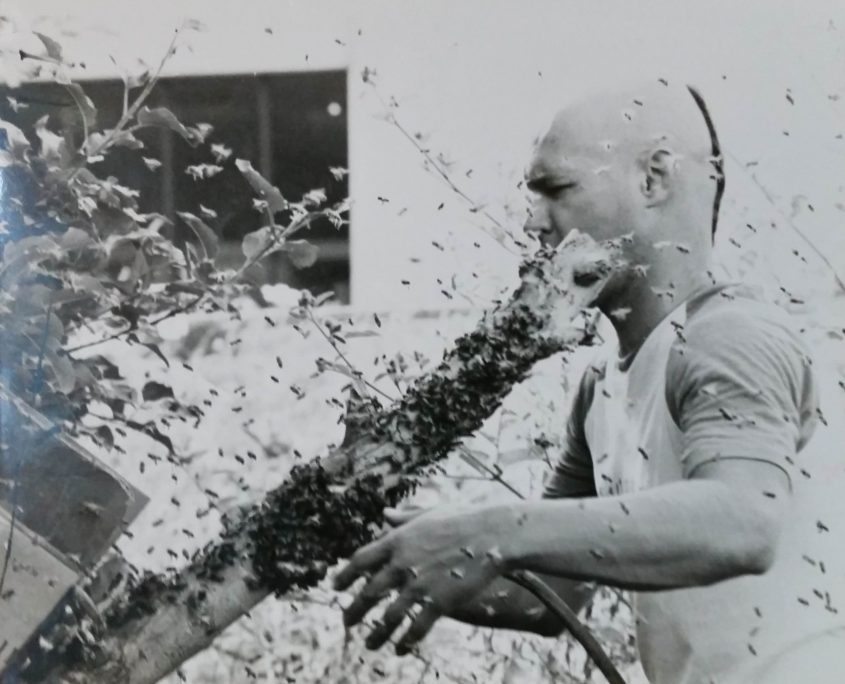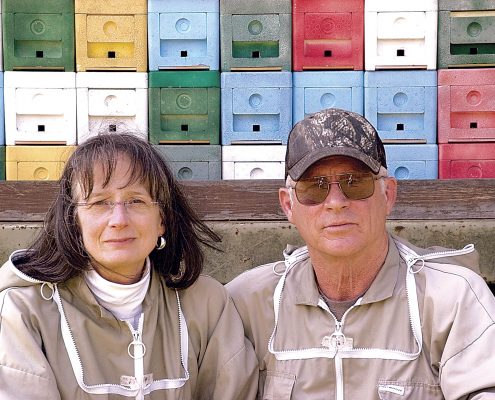Who We Are – Our History
OUR GOAL: TO PRODUCE A SELF SUSTAINING HONEYBEE STOCK THAT IS DISEASE AND MITE RESISTANT WITHOUT THE USE OF SYNTHETICS.
OUR HISTORY: We are Queen Breeders located in the uniquely isolated micro-climate of the North Olympic Peninsula of Washington State. In 1997, Frustrated with the universal practice of spending large amounts of money on chemicals that poorly controlled the pests and pathogens in honeybees colonies, and increasingly concerned about the potential residue of those chemicals in our honey and hive products we began “searching for a better way….”
At that time, research literature indicated there were few if any surviving feral honeybees left in the United States due to the devastating effect of varroa mites on their population. Determined to find out if that was true, we set bait hives in very remote locations, successfully capturing several wild swarms. Reliable oral history from resident pioneer families confirmed that these isolated bees had survived in in these harsh conditions for over 40 years without human intervention, we surmised they may have developed some natural resistance.
- continued swarm capture;
- the inclusion of USDA Primorsky Russian and SMR/VSH & Caucasian breeder queens;
- the establishment of isolated mating yards
- regular independent laboratory testing
- continued development of integrated pest management techniques
- a firm commitment to a synthetic-free selection process
- and: Establishment of a strict Breeder-queen Selection Criteria:

